What is a bothy bag? And how to properly use a group emergency shelter
What is a bothy bag? Our experts explain the benefits of these lightweight, compact group emergency shelters that are so vital for serious mountain expeditions
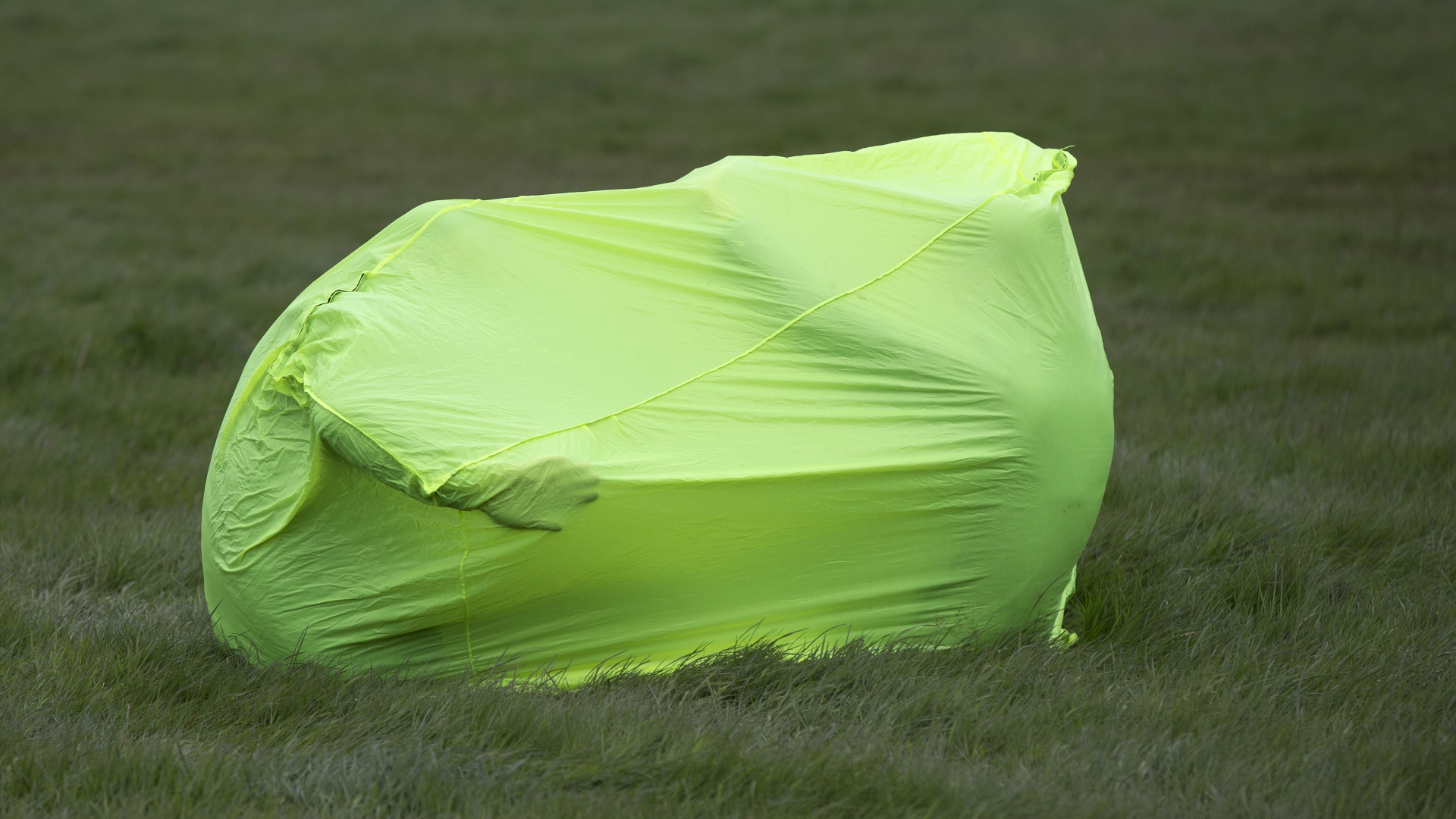
If you're leading a group in the mountains, you need a bothy bag. When we say leading, we don't just mean in a professional capacity. When you take your less experienced buddies up onto the ridges, or plan a family outing to a summit with the kids, you're leading. And you need a bothy bag in case something goes wrong.
But what is a bothy bag exactly? In this article our experts explain what a bothy bag is, how to use one and what to look for when choosing one.
What is a bothy bag?
A bothy bag is a lightweight, group emergency shelter that you can carry in your backpack on hikes and other mountain expeditions to provide protection against the elements.
Other names for the bothy bag include a survival shelter, an emergency shelter, a group shelter or a storm shelter. They're a bit like a tent with no poles or pegs and are made from materials like nylon and polyester. Also like a tent, they're windproof and waterproof. They come compressed into stuff sacks a lot like your best sleeping bag, and can be pulled out and quickly erected into a rectangular shelter that several people can hide inside to shelter from challenging conditions. The shelter is held in place by people sitting on the inner fabric.
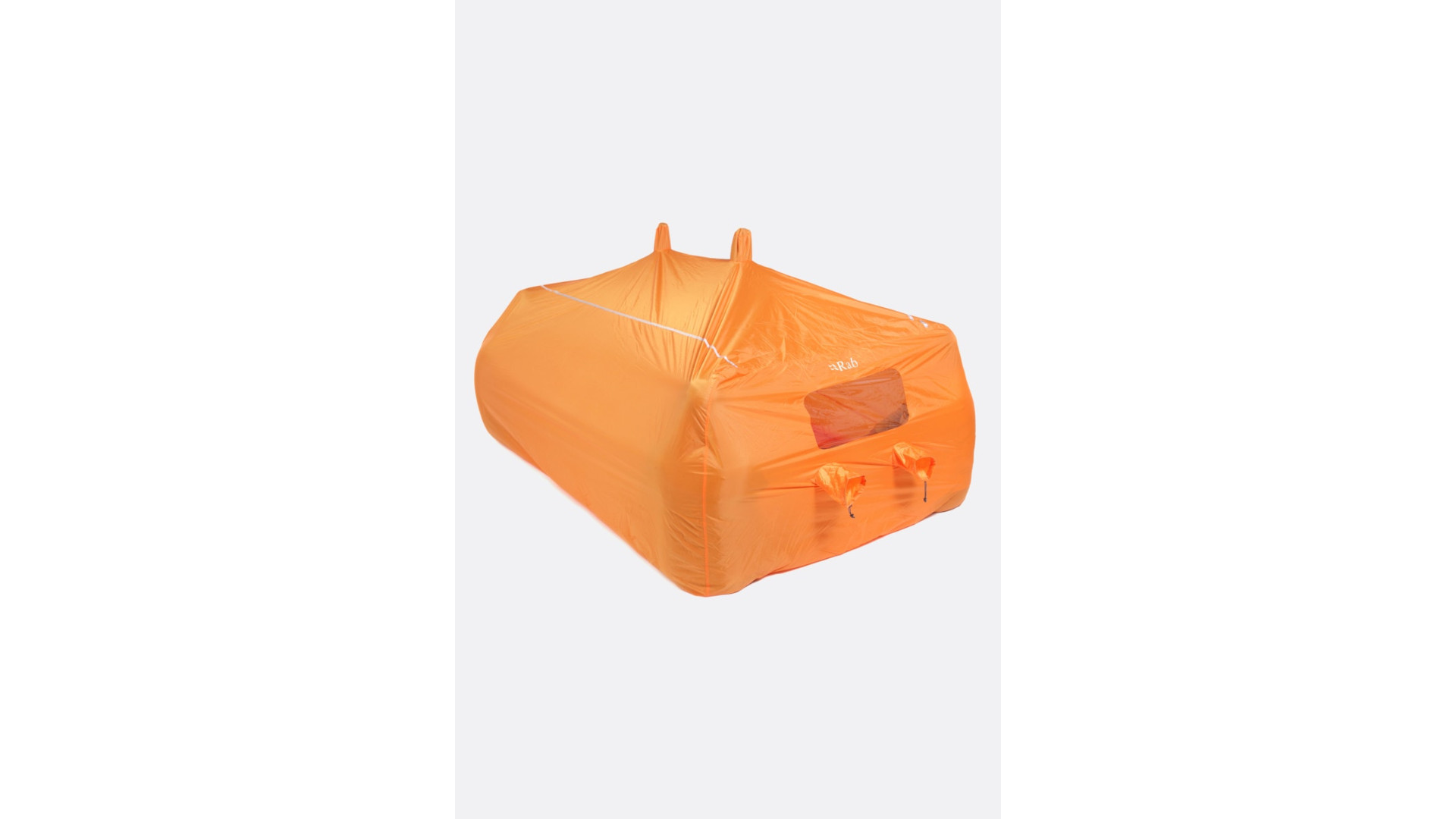
They're are named after the Scottish bothy – a network of remote shelters scattered across the Highlands – and are basic, lightweight, portable structures that you and your group can huddle inside for warmth. They're also very affordable and could be a life saver in an emergency.
Meet the experts
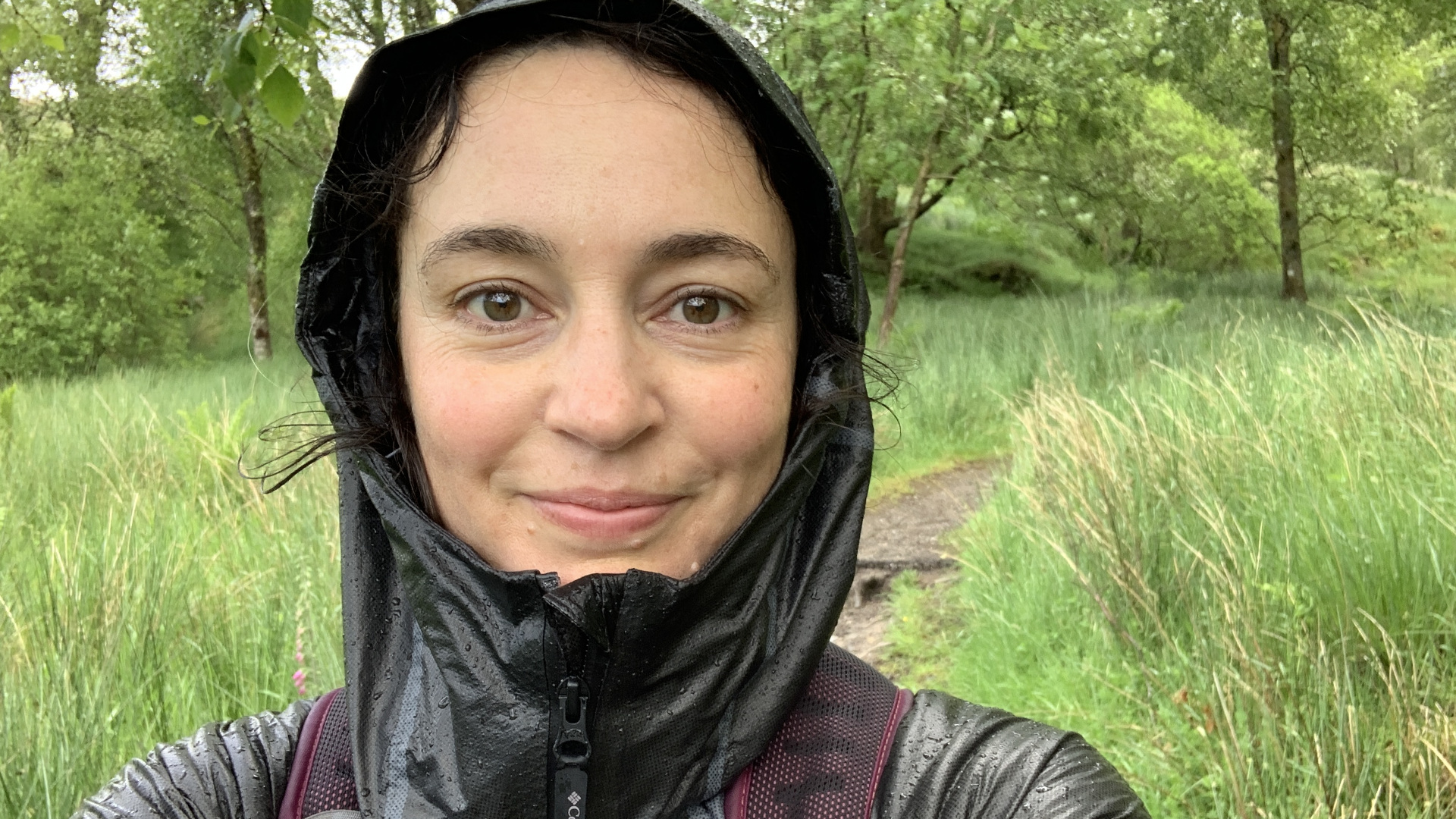
Whether she's taking on Munros in summer or heading into the Scottish Winter, Julia knows the value of a bothy, whether its the traditional Highland shelter or the survival bag form. She spoke to fellow expert Mike Pescod of Scotland-based Abacus Mountain Guides when putting together this feature.
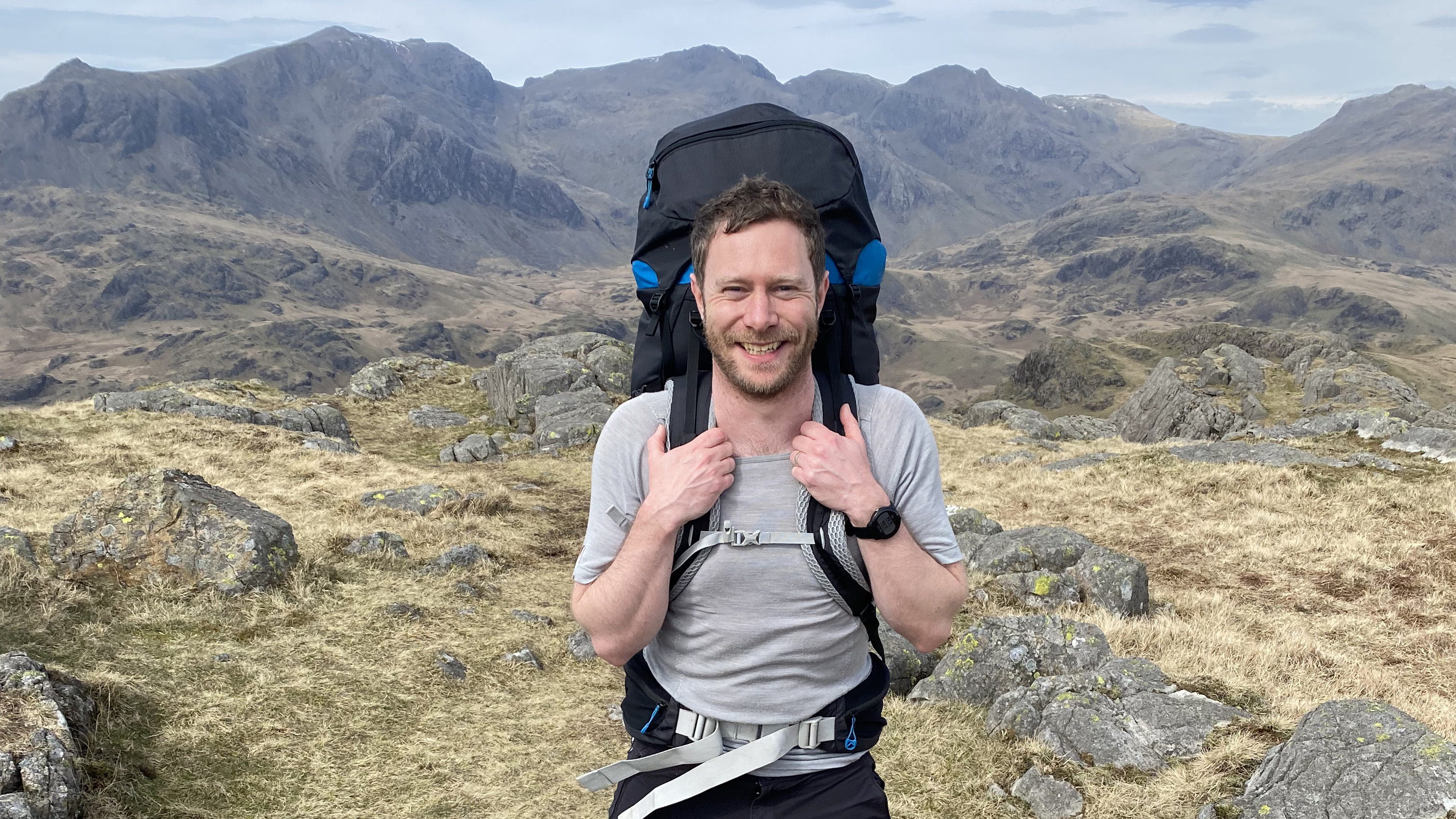
Alex's love of winter in the high places and his Mountain Leader journey means he's no stranger to a survival shelter. These days, he always carries one when leading others, or on winter mountaineering expeditions with fellow members of the London Mountaineering Club. He recommends Rab's 4-6 Person Group Shelter as a solid option.
When, where and why do you need a bothy bag?
- If you hike in areas where extreme weather is a possibility, carry a bothy bag
There are many reasons you need a survival shelter and contrary to popular belief, bothy bags have uses beyond emergency situations. A bothy bag isn't a solo shelter, they come in different sizes, from 2-person to 10-person and beyond.
If you do lots of hiking in areas where the weather can be extreme – let’s say high altitude areas like 14ers the Rockies in winter, or the Scottish Highlands in pretty much any season – you’ll be familiar with the need for carrying your own safety equipment. Foil blankets, headlamps and bivy sacks are all important gear for protecting yourself against the elements (see our guide to the best headlamps for some good options), and a bothy bag is another vital piece of safety equipment worth adding to your kit.
Advnture Newsletter
All the latest inspiration, tips and guides to help you plan your next Advnture!
You can also use them to take shelter from the elements for a lunch break or just to add a bit of variety and adventure on family hikes. The kids will love the fact they had to hunker down in a survival shelter (while enjoying a Mars bar).
How do you use bothy bags?
- Simply pull the bag over your group and get everyone to sit on the fabric to hold it in place
- Everyone's shared body heat will warm the interior and you'll be sheltered from the elements
- It doesn't have to be an emergency, you can use it whenever you stop in harsh conditions
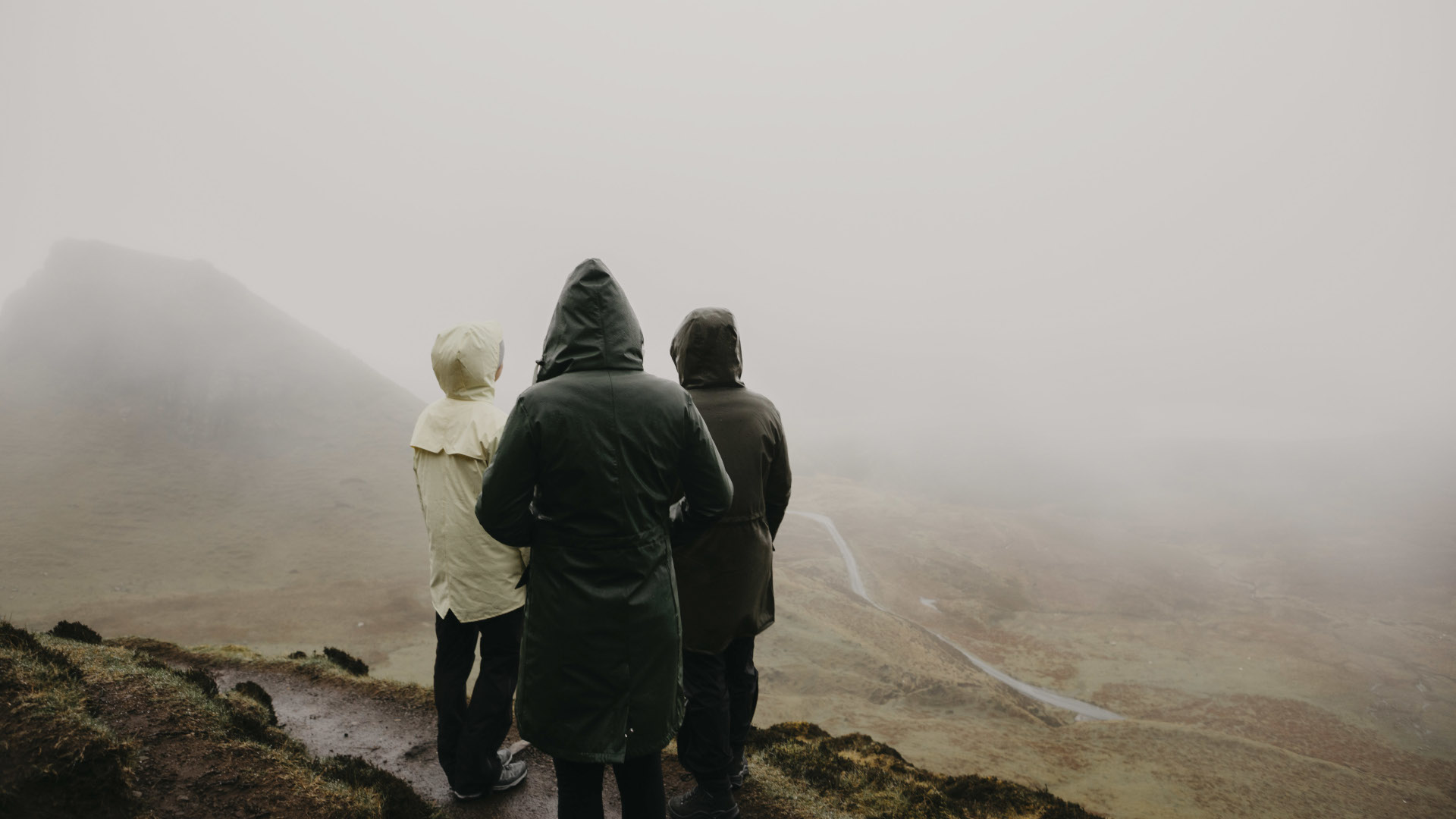
Imagine you’re out with a group of friends on a long hike on a cold, rainy and windy day. At the summit, you sit down for lunch and after 20 minutes, you’ve all cooled off and teeth are starting to chatter. Time to get down.
In your haste to get off the mountain and warm up, one member of your group takes an awkward step and twists their ankle on an exposed ridge. Unable to walk down, you contact mountain rescue. They’re happy to come and get you, but given your remote location it’s going to take them several hours to reach you.
The rain is turning to sleet as the temperatures are dropping, you’re all shivering and you need shelter, fast. So, you pull the bothy bag out of your backpack and over the entire group, everyone sits on the inner fabric, squeezes together and within minutes your shared body heat has everyone warming up nicely. And voila – you’re safe and sharing a flask of tea and good conversation until help arrives.
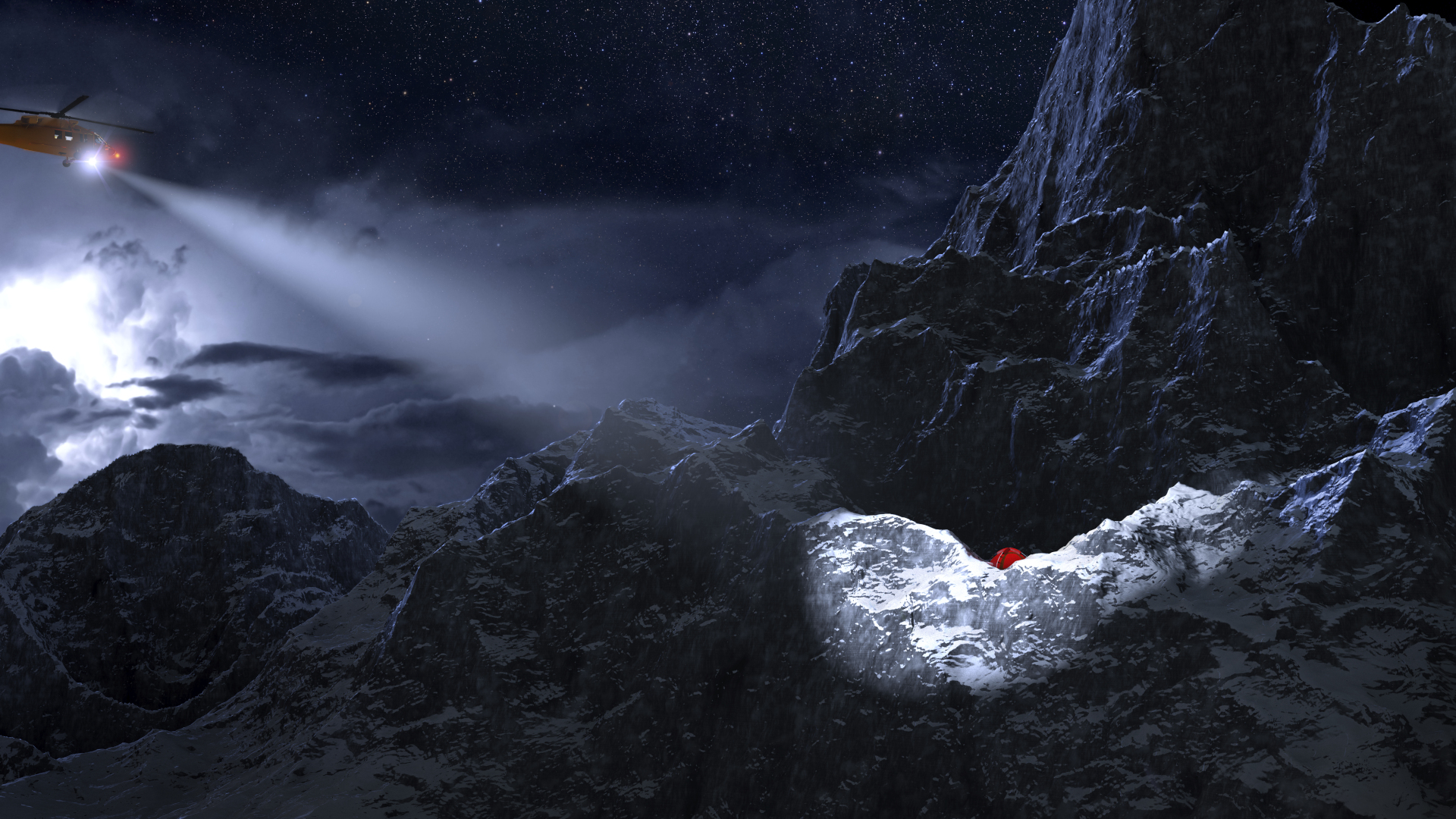
Even better, you don’t need to wait for a medical emergency to get some use out of your bothy bag. Mike Pescod of Abacus Mountain Guides who provides skills training and mountain guiding in Scotland and the Alps strongly encourages hikers to carry an emergency group shelter and use it any time they stop for more than a few minutes in harsh conditions.
“An emergency shelter totally changes your experience if something goes wrong, but they're quite nice to have your lunch in as well. Or if somebody’s laces have come undone and they need to spend ten minutes sorting that out? Get inside your shelter if it’s raining and it’s good. You might not want to get out again.”
Can you sleep in a bothy bag?
- Bothy bags aren't designed to be slept in, unlike a tent or bivy sack
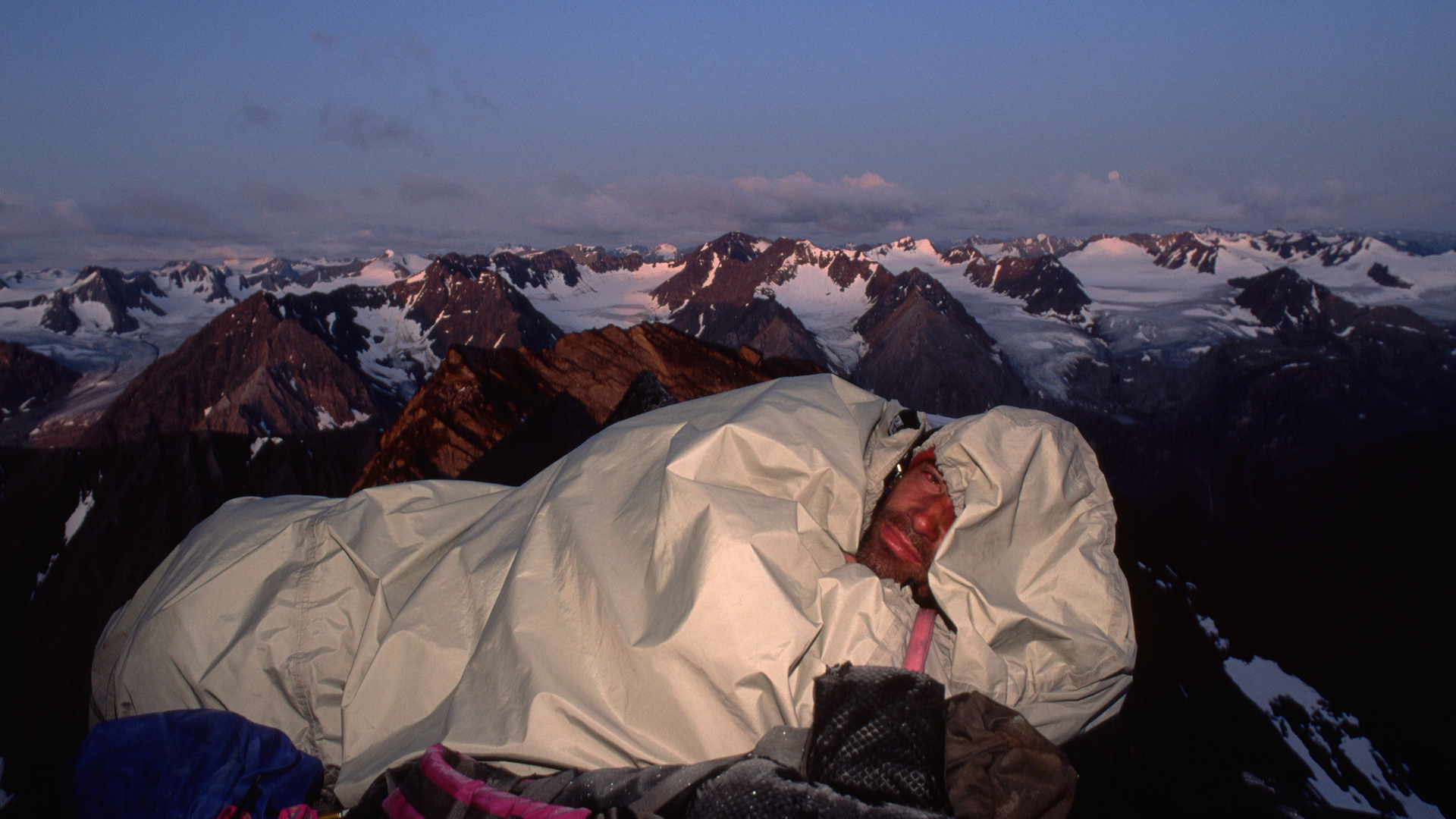
A bothy bag is intended to be an emergency shelter so while you might find yourself nodding off inside one if you’re there all night, it’s not really intended to be a replacement for a sleep shelter like a tent or a bivy sack If you have a group of people inside a bothy bag, condensation will slowly build up on the inside walls which won’t make it as comfortable. Basically, use it in an emergency but not as a replacement for your tent.
What size are bothy bags?
- The size of the bothy bag depends on its capacity
- All pack down relatively small and are light enough to carry comfortable
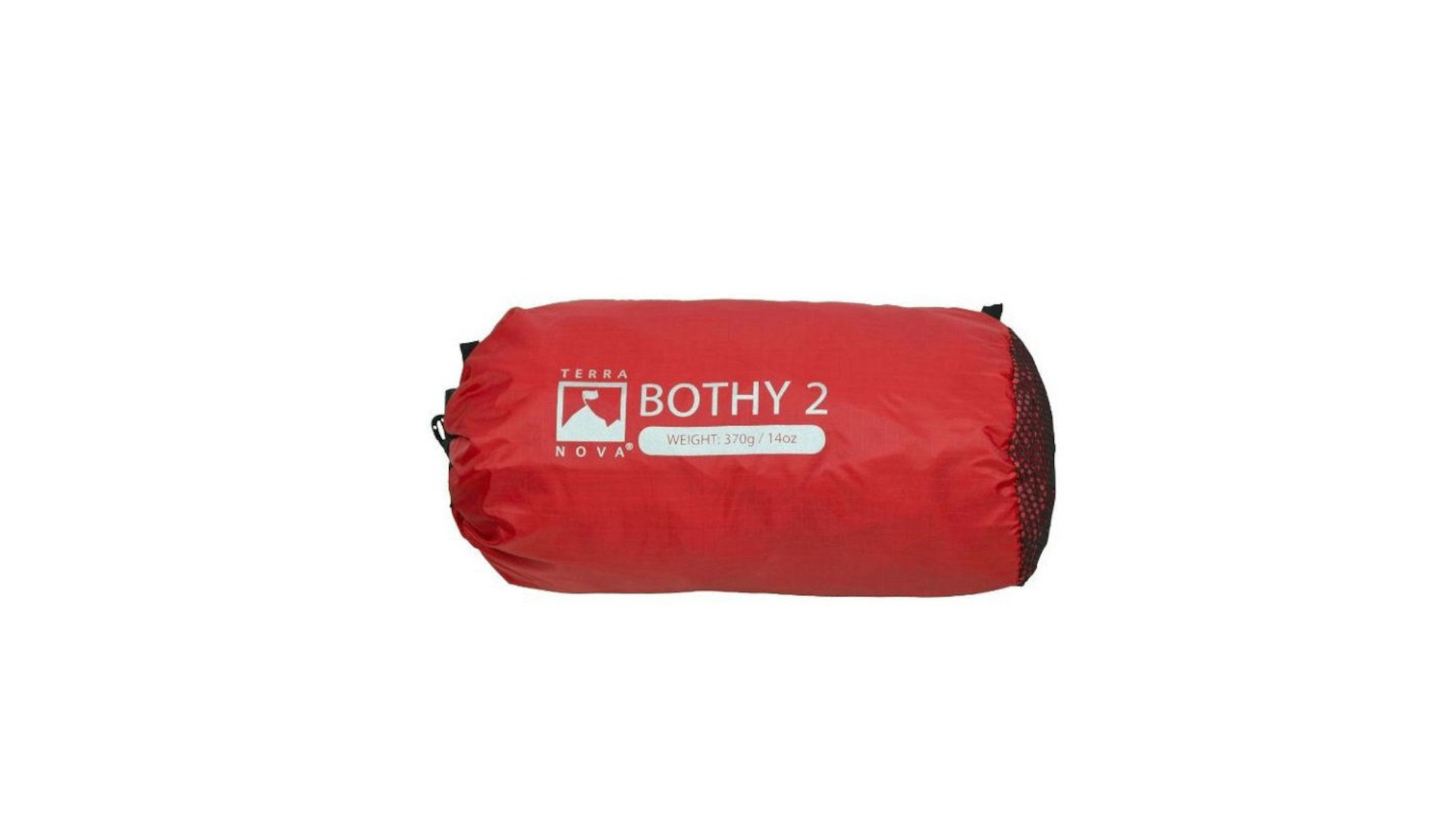
Bothy bags come in different sizes depending on the size of your party. A smaller bothy bag meant for 2-3 people can pack down to about 8x3 inches (20x8cm) and might weigh not much more than half a pound. Larger 8-10 person bothy bags are only about 9x6 inches (23x16cm) when packed away and still usually weigh under 2lbs. So basically, a bothy bag takes up only a small amount of space but offers big returns if disaster strikes.
What to look for in a bothy bag
First off, Pescod suggests renting a bothy bag instead of buying one if you don’t do a lot of hiking and only want it for the occasional bigger expedition. If you’re making a purchase, the good news is that they aren’t terribly expensive, however make sure that yours checks off all of these requirements:
- Waterproof
- Windproof
- Ventilation
- Lightweight
- Small pack size
- Bright color for visibility
- Draw cord to secure it around the base
Julia Clarke is a staff writer for Advnture.com and the author of the book Restorative Yoga for Beginners. She loves to explore mountains on foot, bike, skis and belay and then recover on the the yoga mat. Julia graduated with a degree in journalism in 2004 and spent eight years working as a radio presenter in Kansas City, Vermont, Boston and New York City before discovering the joys of the Rocky Mountains. She then detoured west to Colorado and enjoyed 11 years teaching yoga in Vail before returning to her hometown of Glasgow, Scotland in 2020 to focus on family and writing.

